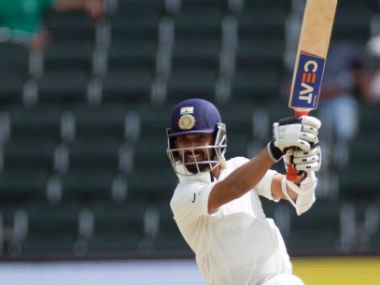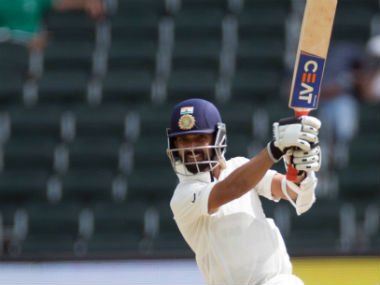After an unsuccessful tour of England, the BCCI has already started to conjure up plans that will ensure there will be an adequate amount of practice ahead of the four-Test series against Australia in December. Reports have emerged that Test specialist like Ajinkya Rahane, Cheteshwar Pujara, and Murali Vijay along with the likes of Prithvi Shaw and Mayank Agarwal will be sent on India A’s tour to New Zealand in November to get sufficient practice ahead of the Australia tour. [caption id=“attachment_4699761” align=“alignleft” width=“380”]  File image of Ajinkya Rahane. Reuters[/caption] While it is certainly a step in the right direction in terms of preparations ahead of another away series one has to wonder about the logic of sending the players to New Zealand. Yes, it is geographically the closest country to Australia, but in terms of the weather and the pitches, the two countries are as far apart as the 1500 Km of the ocean that separates the two nations. The problem is that the Australia itinerary has already been fixed and it only involves a solitary three-day match against a Cricket Australia XI at the Sydney Cricket Ground. On the evidence of India’s two away tours this year, one to South Africa and one to England is it clear that India needs more practice in the lead up to an important series. But is match practice in New Zealand really a solution or just a knee-jerk reaction? There are a couple of problems with trying to send the Test players to New Zealand in hope of acclimatising to Australia. Firstly, the pitches in Australia and New Zealand are vastly different. The Australian pitches are hard and bouncy. They have a clay content in excess of 60 percent which provides that hardness and the extra lift on the surface. The New Zealand pitches have half the clay content as Australia and are a lot softer and the overcast conditions aid seam bowling. The pitches in New Zealand behave totally different, so even if a Pujara or Rahane become familiar to pitches in Kiwi land, they will not resemble anything the players will confront in Australia. Secondly, the weather in New Zealand is significantly cooler to what India will experience in Australia. Come December, the mercury will rise in excess of 30 quite frequently in Australia while in Kiwiland it will still be relatively cooler in November when the A tour is scheduled. On both counts, sending the Test specialists to New Zealand makes no sense at all. The realistic option the BCCI should consider is to send the group of Test players to the ICC Academy in Dubai. It might sound rather strange, but the academy has been a training base for many international teams ever since the local boards started to deprive visiting teams of quality tour matches and began to tweak the pitches for the practice games in lead up to Test series. So how can Dubai resemble Australia? Well, the truth is that currently there are six replica Australian pitches available at the practice nets at the ICC Academy. Three of them have the same soil and clay as the Gabba in Brisbane and three have the same content as the pitch at the WACA in Perth. Each of them is managed by an Australian curator that has nearly two decades of experience and has nearly 25 ground staff personnel at his disposal. Add to that both of the academy grounds also have pitches resembling WACA and the Gabba installed in the middle, so teams can practice on the center wickets or even play matches. It is learned that pitches mirror the bounce in Australia and many international players that have played on the pitches have felt that they have emulated the Australian conditions. The other reason it makes sense to train in Dubai weather. In November the temperatures in Dubai drop significantly and will be similar to what India will confront in Australia in December. Training and preparing in such conditions make more sense than sending players to New Zealand. The only challenge is if the BCCI want to go ahead and set up a camp in Dubai, they will need to organise for an opposition and hope the academy grounds are available. But that is still a distant matter and one that can be negotiated. For now, though there is no confirmation. It is more or less a speculation. But if the Board is keen on sending Test players to New Zealand then it is perhaps worth thinking about the alternative options that are available. Ideally, an additional couple of matches should be scheduled in Australia, but such is the modern day schedule, it is almost impossible to have so many warm-up fixtures. For now, the next best option then for the Test specialists is to set up a camp in Dubai. The pitches are a clone to what they will expect and the weather will also be identical. Time to get the thinking cap on!
India needs more practice in the lead up to an important series in Australia. But is match practice in New Zealand really a solution or just a knee-jerk reaction?
Advertisement
End of Article


)

)
)
)
)
)
)
)
)



